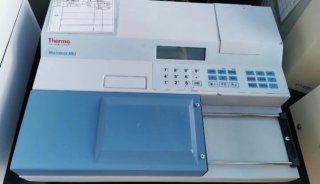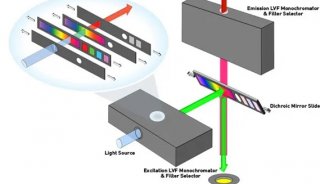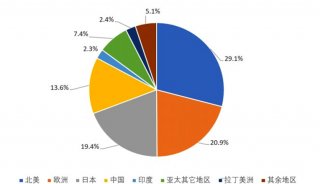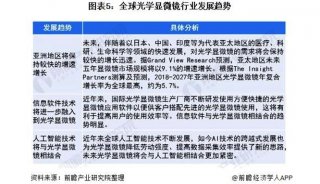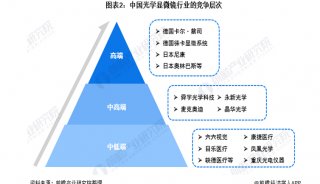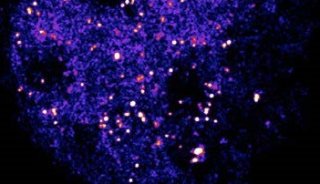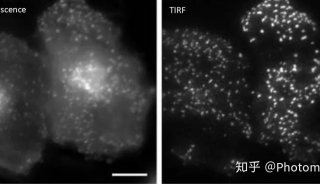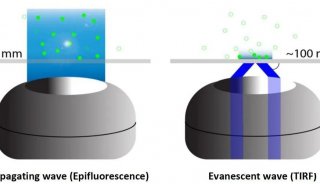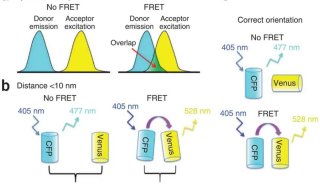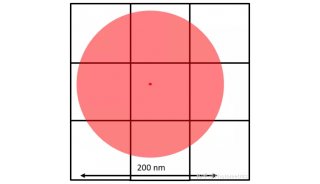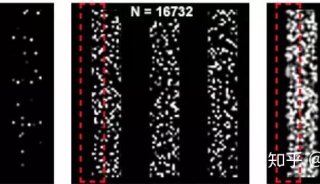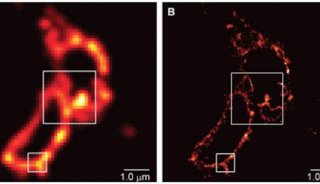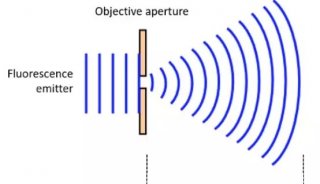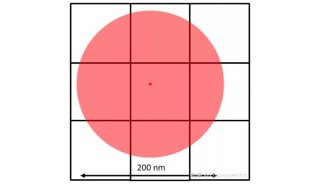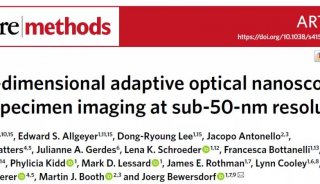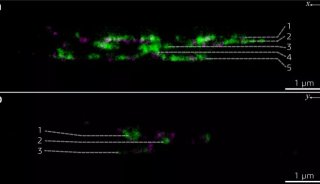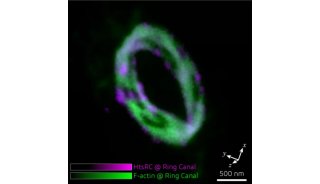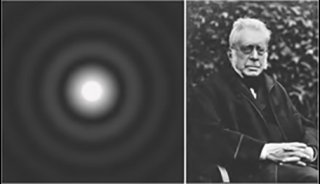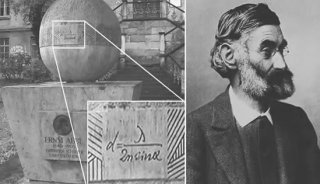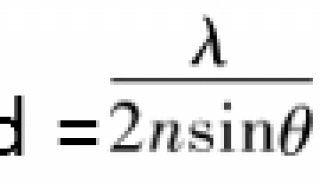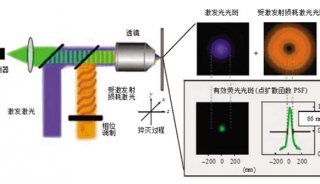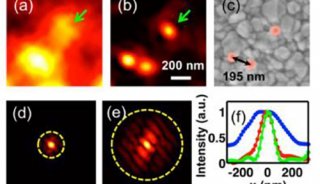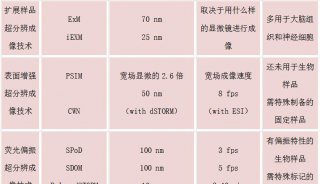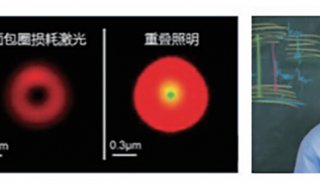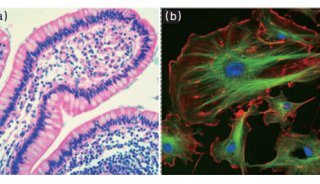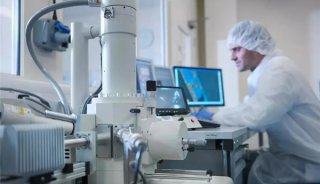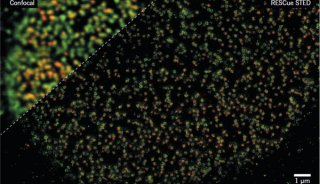单孔径多通道超分辨成像光学系统(一)
陈立武1 , 赵葆常2, 易宏伟2, 杨建峰2, 唐茜3, 胡凯1, 丛海佳1, 王敏敏1, 魏红军1, 陈萌1, 周双喜1, 陈明1, 金钢1, 孙胜利1, 陈桂林1
, 赵葆常2, 易宏伟2, 杨建峰2, 唐茜3, 胡凯1, 丛海佳1, 王敏敏1, 魏红军1, 陈萌1, 周双喜1, 陈明1, 金钢1, 孙胜利1, 陈桂林1
摘要:提出了一种光学合成孔径成像系统,该系统将多个平面反射镜前置在主成像镜头之前,与主成像镜头共同组成光学系统的“主镜”,通过对同一目标的多个视场通道的收集成像到主镜头的焦平面上,获得多个同一目标的像,之后再经过小透镜阵列将这些多个同一目标的像准直,在其后用大孔径的光学系统收集准直后的多个同一目标的不同通道的光束,获得同一目标的合成孔径图像.主镜头的多个视场观测同一目标,各个视场称之为不同的通道.该方案采用平面镜拼接形成主镜,平面镜可用于组装成大口径的望远镜并获得高分辨率图像,使得望远镜得到轻量化,并进行实际的光学系统和实验验证.外场实验获得了多幅外景图片,证明所获多通道图片为超分辨图像.
关键词:光学合成孔径 超分辨 成像光学系统 多通道
中图分类号:TH743 文献标识码:A 文章编号:1004-4213(2017)s1-0111001-5
One Pupil Multi-channel and Super-resolution Imaging Optical System
CHEN Li-wu1 , ZHAO Bao-chang2, YI Hong-wei2, YANG Jian-feng2, TANG Qian3, HU Kai1, CONG Hai-jia1, WANG Min-min1, WEI Hong-jun1, CHEN Meng1, ZHOU Shuang-xi1, CHEN Ming1, JIN Gang1, SUN Sheng-li1, CHEN Gui-lin1
, ZHAO Bao-chang2, YI Hong-wei2, YANG Jian-feng2, TANG Qian3, HU Kai1, CONG Hai-jia1, WANG Min-min1, WEI Hong-jun1, CHEN Meng1, ZHOU Shuang-xi1, CHEN Ming1, JIN Gang1, SUN Sheng-li1, CHEN Gui-lin1
Abstract: In this paper, we provide an optical system, which used more than one flat mirrors in front of the main lens that combined flat mirrors into together as a primary mirror of telescope. And the system could collect the one same field view as more than one field view by many channels and get more than one images of the same field view at its focal plane. And behind the images the same number lens to collimate the respective images, and after that, one large lens collect all the images rays into the one image, it is the synthesis image. One pupil multi-channel and super-resolution imaging optical system were provided as a conception. The work principle of the system is to make the system's more field view to see the same subjects and every field view could be say as one channel. And by this method the flat mirrors could be used to assemble large telescope to acquire high resolution image. The weight of large telescope will be more lightened. By the experiments using the system as a camera to acquire the photos of the outdoor scenes, we get the pictures which proved the super-resolution of the image was gotten.
Key words: Optical synthesis aperture Super-resolution Imaging optical system Multi-channel
OCIS Codes: 110.0110;110.1220;110.2970;110.4190;110.6770
0 Introduction
From earlier, telescope is one kind of very mighty tools to help people study the remote space and stars. In order to study the detail of the remote space objective, telescopes which are used in scientific research needed very high spatial resolution. According to the Rayleigh criterion and Sparrow criterion, the angular resolution of the telescope is inversely proportional to the aperture diameter. So that large aperture telescope must be made in order to study the detail of the star, planet, nebula or faint source with sufficient energy[1].
When the telescope aperture is larger than 8m, the primary mirror or the second mirror of the telescope or both of them usually are divided into many segments or sub-apertures [2]. The Keck telescopes, with 1.8-m-diameter segments, and the Hobby-Eberly Telescope, with 1.15-m-diameter segments, are the only working multiple-mirror telescopes. OWL 100-rn optical telescope is actually discussions focused on the mirror feasibility issue [3]. The 8.4 m LBT mirrors. The mirror thickness varies from 437 mm at the inner edge to 894 mm at the outer edge. [4]. The Giant Magellan Telescope (GMT) uses seven 8.4-m diameter segments to create a giant primary mirror, 25 meters across with focal ratio f /0.7[5].
These sub-apertures are combined into a large mirror to reflect rays and acquire an image on the focusplane [6]. In addition, there is a potential for small segments to lightweight, low cost and easy to be support or using adaptive optics into telescope[7-9].
1 Synthesize of aperture by flat segments mirror
There many big telescopes were fabricated by the techniques of segments mirror in spherical or axis off aspheric surface to combine a whole large mirror. In this paper, we put forward a way to establish large telescope that is combining many flat segments mirror into one whole mirror. The structure of the primary mirror of this kind telescope could be showed in Fig. 1.
 | Fig.1 Primary mirror combined by many flat segments mirror |
Collecting areas of the primary mirror of the telescopecould be calculated nearly by
| (1) |
In Eq. (1), Sprimary represents the surface area of the primary mirror diameter; and di represents diameter of the flat segments mirror projection on the rays′ direction, which is the pupil of the main lens;and also the a single segment mirror can be treated as a single sub-aperture or single sub-pupil of the telescope. N presents the numbers of the flat segments mirror.
In the Fig. 2, rays from remote source arrived to the “primary mirror” which combined (constituted) by many flat segments mirror. All the rays from remote source were reflected into main lens by the flat segments mirror. The first focal plane was the array of the images of the remote source, the flat segments mirror were arrayed and reflect the rays coming from the remote objective into the main lens. Also because the reflect angles which enter into the pupil is different from each segments mirror, so the image on the first image plane is the array images of the remote source.
 | Fig.2 Principle of the telescope constituted by flat segments mirror |
Behind the array image plane, there is a lens array followed them; these array lenses collimated the array images in the first image plane, one image by one lens. After the rays were collimated, then the last lens behind them collects the collimated ray to focus the remote source into one image, and the remote source image should on the second focal plane.
-
招标采购

-
焦点事件

-
焦点事件

-
焦点事件
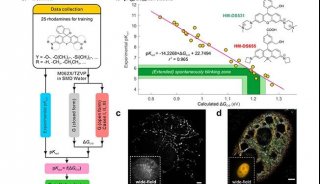
-
项目成果








